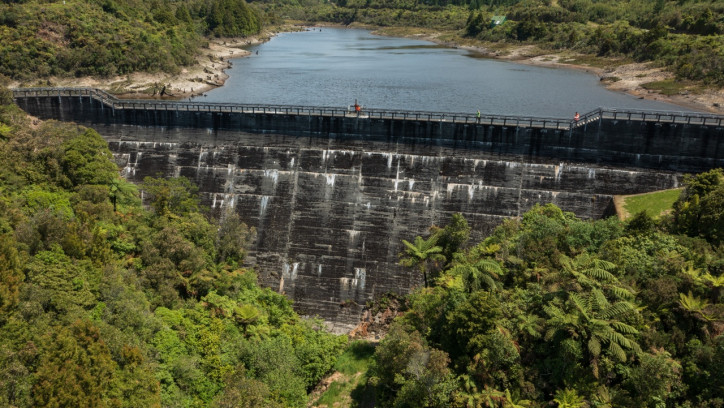New regulations for Aotearoa's dams
Posted: 23 February 2022

New Zealand does not currently have regulations to ensure that dams are well maintained and regularly inspected after they are built. The absence of dam safety regulations puts people, property and the environment at unnecessary risk, should a dam fail.
Some dam owners are already following industry best practice dam safety guidelines prepared by the New Zealand Society on Large Dams (NZSOLD), but the new regulations set a minimum standard for dam safety. MBIE has taken into consideration the current terminology used in the dam safety guidelines when preparing the regulations, and they have also been informed by feedback received from MBIE’s public consultation on dam safety.
The regulations will only apply to dams that are above a certain size, depending on both the height and volume of water it holds. As as a general guide, the regulations will cover dams that have a height of:
- 4 or more metres and stores 20,000 or more cubic metres volume of water, or other fluid
- 1 or more metres and stores 40,000 or more cubic metres volume of water, or other fluid.
The intent is that small dams will be excluded from the regulations. This includes small ‘turkey nest’ dams, irrigation races, stock drinking ponds and weir.
Dam owners will need to assess whether their dam falls within one of these height and volume categories , and if it does they will need to assess the impact that their dam’s failure could have. They will then need to classify the potential impact of that dam as low, medium or high.
The classification will need to be certified by a recognised engineer and then submitted to the regional authority for approval. This must be done no later than three months after regulations come into force, or no later than three months after the dam is commissioned.
There will be a two year lead in period before the regulations come into play, starting when they are made. MBIE will provide a range of resources during 2022 to help dam owners better assess and understand their dams and how the regulations might apply to them.
The following table shows the activities that owners of dams covered by the regulations will need to undertake, and the implications of low, medium and high impact.
|
Activity |
Low potential impact dams |
Medium potential impact dams |
High potential impact dams |
|
Regulations commence
|
2 years after they are made. |
||
|
Submit a potential impact classification (PIC) to regional authority |
Up to 3 months after regulations commence, or the dam is commissioned.
|
||
|
Submit a Dam Safety Assurance Programme (DSAP) to regional authority
Carry out an intermediate dam safety review.
Carry out a comprehensive dam safety review.
|
Not required
Not required
Not required |
Up to two years after the regional authority approves the PIC
Within 12 months of the regional authority approving the DSAP
Within 5 years of the regional authority approving the DSAP.
|
Up to 12 months after the regional authority approves the PIC
Within 12 months of the regional authority approving the DSAP
Within 5 years of the regional authority approving the DSAP. |
|
Submit an Annual Compliance Certificate
|
Not required |
On the anniversary of the regional authority approving the DSAP. |
|
|
Review the DSAP |
Not required |
Within 10 years after the date which the regional authority approves the DSAP, and then after the first review, at intervals of not more than 7 years. |
Within 5 years of the date which the regional authority approves the DSAP, and then after the first review, at intervals of not more than 5 years.
|
|
Review the dam’s PIC |
Within 5 years of the regional authority approving the classification, and then not more than every 5 years.
|
||
More information about the policy decisions behind this proposal - MBIE.govt.nz